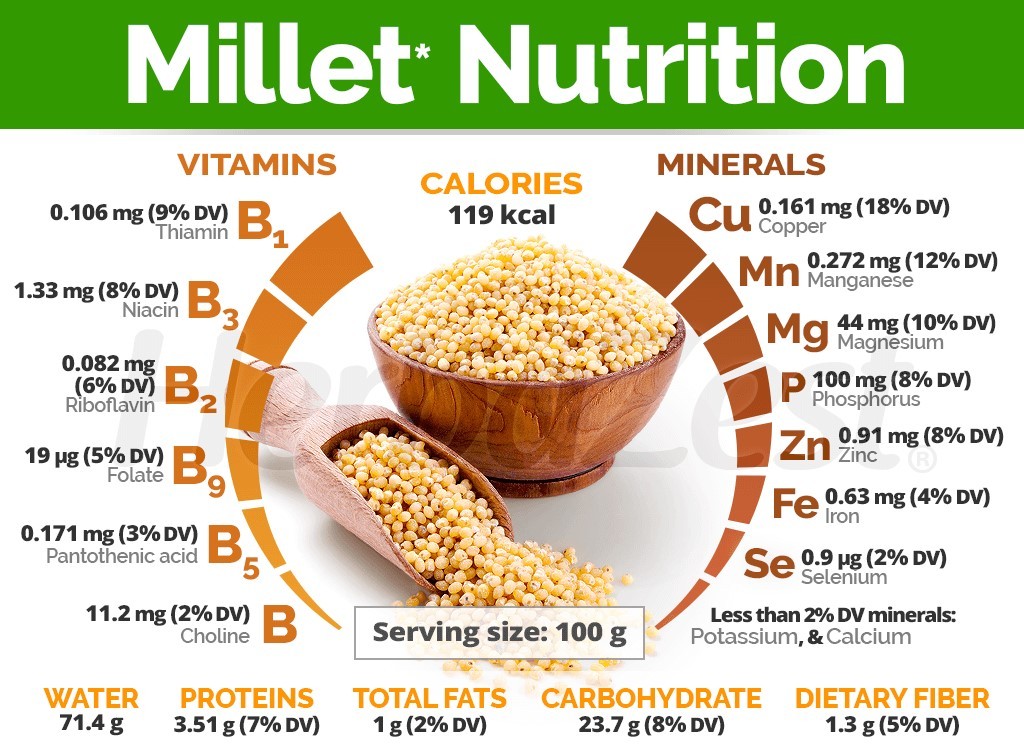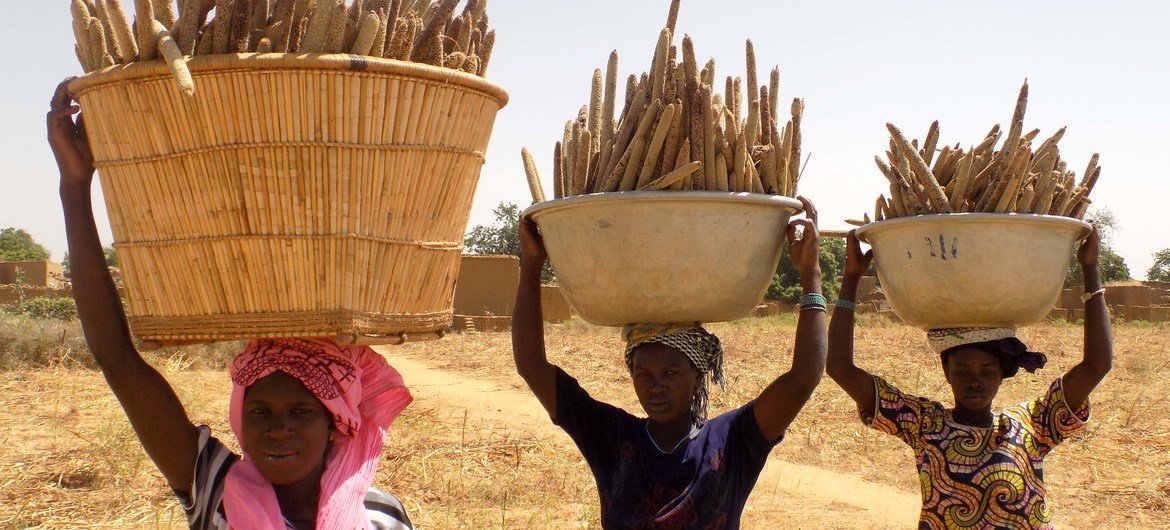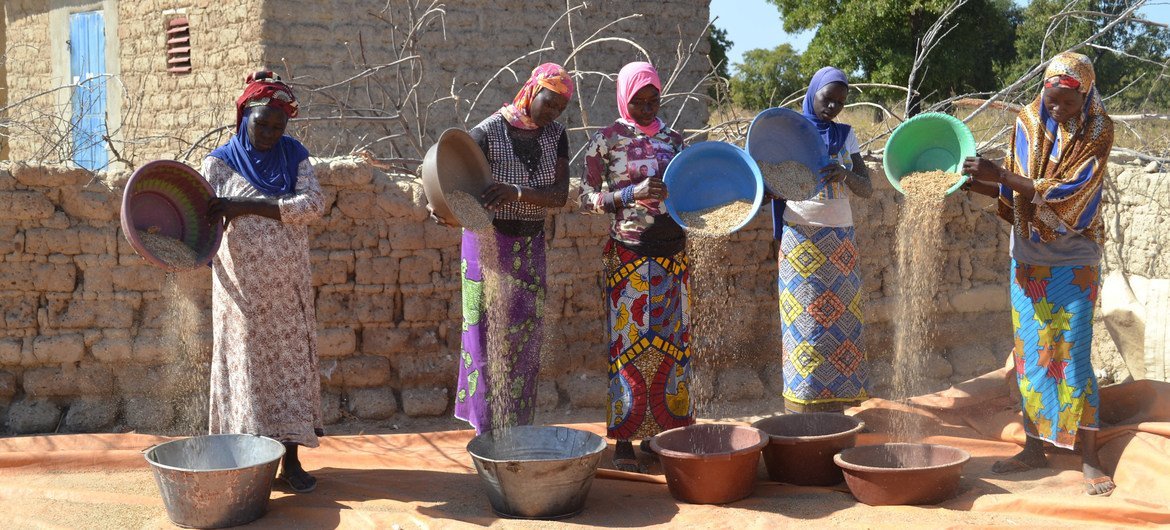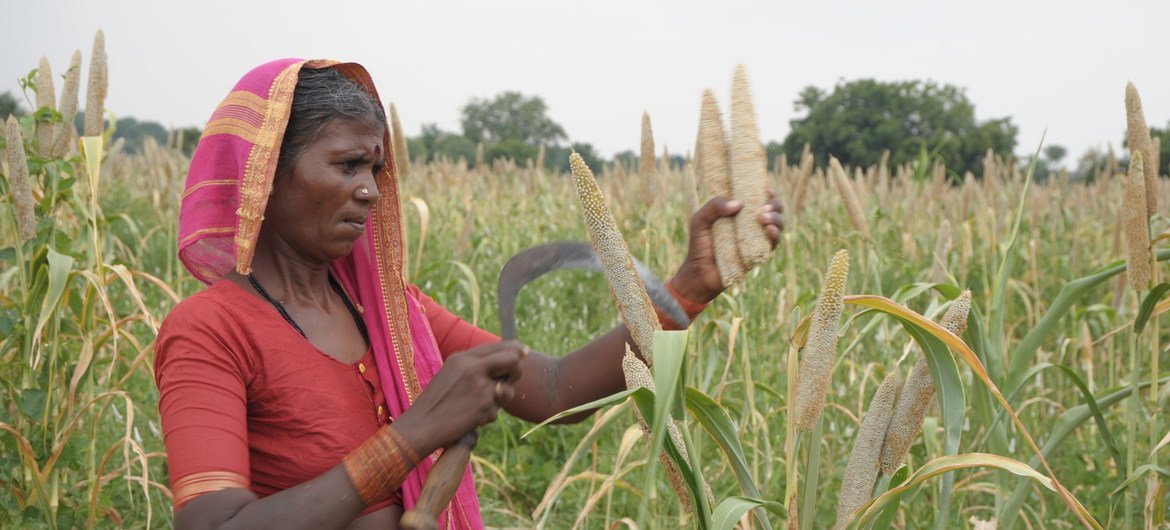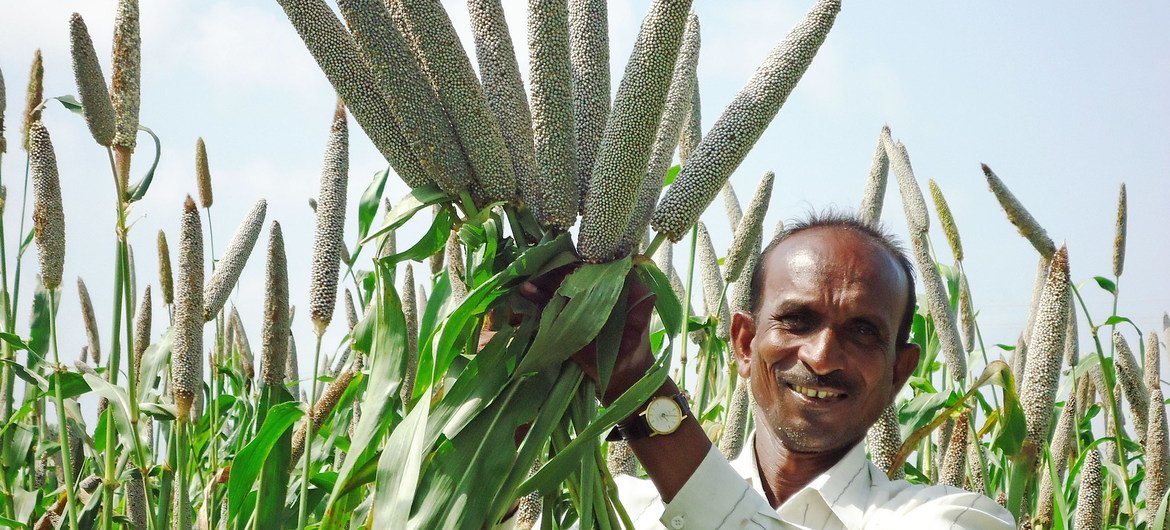22.11.2024
From Forgotten Grain to Superfood, Millets’ Comeback in Health and Nutrition
"Millets, once seen as "poor man's food," are now celebrated for their health benefits and sustainability, emerging as a powerful solution for nutrition and climate change." Millets don’t need a lot water to grow, nor any pesticides or fertilisers. This has a direct impact on the soil, the ecology and finally, the food we eat. Millet is higher in protein than rice, so it can be heavier to digest. Millets are particularly rich in flavonoids, a type of antioxidant, which has anti-inflammatory, anti-allergic, and anti-cancer properties. In addition, they contain phenolic compounds, which are also known to possess various health benefits. Millets are a naturally gluten-free grain, making them a great choice for individuals with celiac disease or gluten intolerance. Unlike wheat, millets contain no gluten proteins. This makes them safe for consumption and allows them to be enjoyed as part of a gluten-free diet. The global population is set to reach 9.7 billion by 2050, which means there will be many more mouths to feed. Millets can play a vital role in meeting this demand, as they are a nutritious and sustainable crop that can be grown in a variety of climates. Millets are hardy grains that can withstand long periods of drought. The Food and Agricultural Organization of the United Nations (FAO) declared 2023 the "International Year of Millets" to recognize the importance of millets as a crop.
Credit: DW
Credit: DW
Poverty deprives people of adequate education, health care and of life's most basic necessities- safe living conditions (including clean air and clean drinking water) and an adequate food supply. The developed (industrialized) countries today account for roughly 20 percent of the world's population but control about 80 percent of the world's wealth.
Poverty and pollution seem to operate in a vicious cycle that, so far, has been hard to break. Even in the developed nations, the gap between the rich and the poor is evident in their respective social and environmental conditions.
Poverty and pollution seem to operate in a vicious cycle that, so far, has been hard to break. Even in the developed nations, the gap between the rich and the poor is evident in their respective social and environmental conditions.
